Masala Seasoning Unraveled: 10 Zesty Tips to Spice Up Your Kitchen!
Table of Contents
- What Exactly Is Masala Seasoning?
- Why You Should Be Using Masala Seasoning
- Different Types of Masala You Need to Try
- Top 10 Tips for Cooking with Masala Seasoning
- Your Ultimate Masala Buying Guide
- Final Thoughts
What Exactly Is Masala Seasoning?
If you’ve ever bitten into a dish that made your taste buds dance like no one was watching, there’s a good chance masala seasoning had something to do with it. But what exactly is this flavor-packed powder of joy? Let’s break it down.
Masala is a term used in Indian cuisine to describe a blend of spices that can vary depending on the region, dish, or family recipe. While some masalas are simple two-ingredient mixes, others — like garam masala — are complex combinations of up to ten different spices. From roasted cumin and coriander to cardamom and cloves, these blends are carefully crafted to deliver balance and depth.
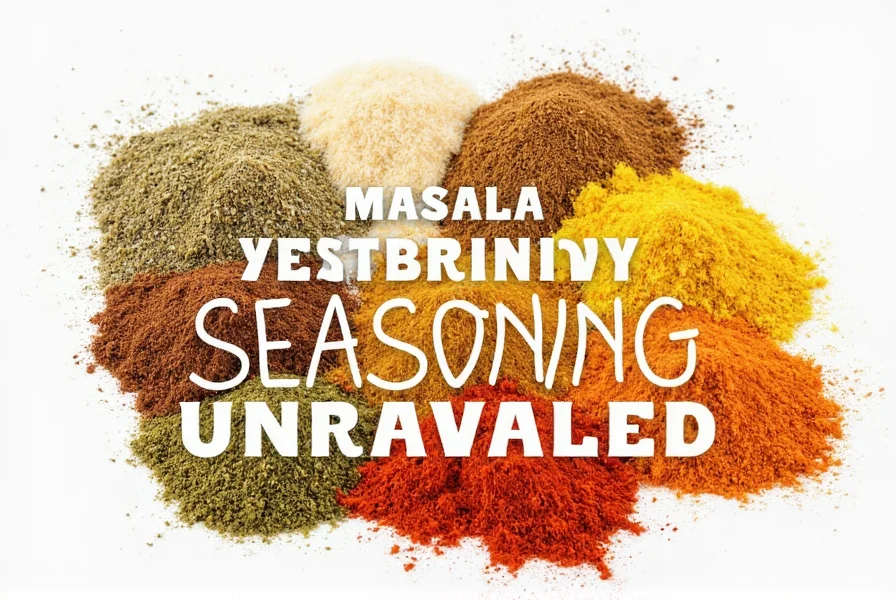
What Makes Masala Different?
You might be wondering how masala differs from other spice blends like curry powder or Chinese five-spice. The answer lies in the intent behind the blend:
- Masala: Tailored to enhance specific flavors in regional dishes.
- Curry Powder: A British creation trying to mimic Indian flavors for export.
- Five-Spice: Focused on balancing sweet, sour, bitter, salty, and umami notes.
Why You Should Be Using Masala Seasoning
Let’s face it: plain old salt just doesn’t cut it anymore when you want your meals to pop. Enter masala seasoning — your secret weapon to unlocking layers of flavor without spending hours chopping and roasting individual spices.
Besides being a flavor powerhouse, masala brings a few health benefits to the table (pun intended). Spices like turmeric, black pepper, and ginger have been shown to aid digestion and reduce inflammation. So while you’re savoring every bite, your body’s throwing a quiet thank-you party.
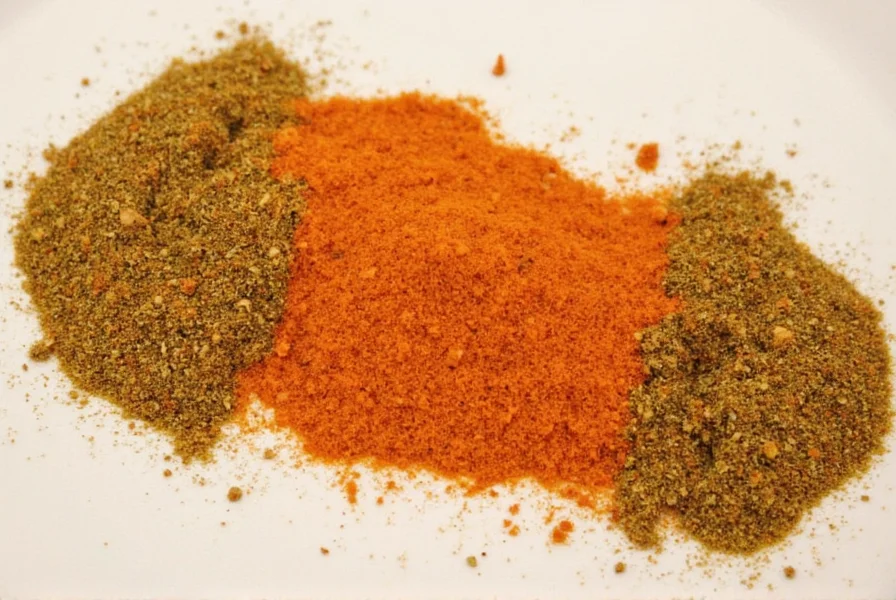
Different Types of Masala You Need to Try
One size definitely does NOT fit all when it comes to masala. Here's a quick cheat sheet to help you understand which type suits your culinary mood:
| Type of Masala | Main Ingredients | Best Used For |
|---|---|---|
| Garam Masala | Cumin, coriander, cardamom, cloves, cinnamon | Rice dishes, stews, lentils |
| Chaat Masala | Amchoor, black salt, cumin, chili | Snacks, fruits, salads |
| Tandoori Masala | Paprika, garlic, ginger, fenugreek | Grilled meats, paneer, veggies |
| Kitchen King Masala | Capsicum, bay leaf, fennel, mustard | Street food, gravies, rice |
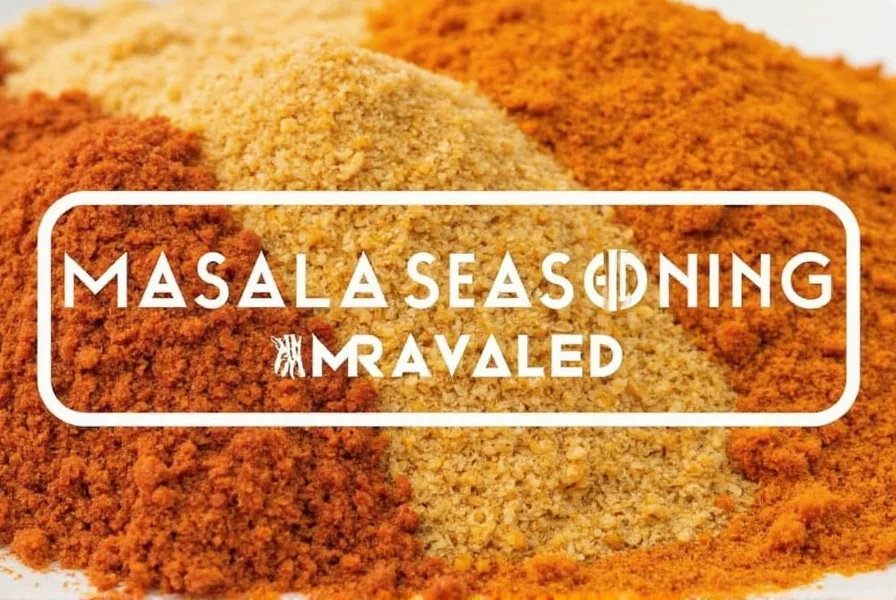
Top 10 Tips for Cooking with Masala Seasoning
- Toasting Is Key: Lightly toast whole masala spices before grinding them to release more aroma.
- Layer Your Flavors: Add masala early in cooking to let it bloom in oil or butter.
- Don’t Overdo It: Masala is potent. Start small and adjust to taste.
- Different Dishes, Different Timing: Garam masala works best added toward the end; tandoori at the start.
- Freshness Matters: Store masala in airtight containers away from heat and light.
- Experiment with Ratios: Don’t be afraid to tweak spice proportions to suit your palate.
- Use Oil to Unlock Flavor: Always cook masala in fat first to activate its aromatic compounds.
- Add Acidity for Balance: Pair masala-heavy dishes with lemon or vinegar to brighten things up.
- Sprinkle on Snacks: Chaat masala adds an instant zing to popcorn, fruits, and roasted nuts.
- Make Your Own: Homemade masala lets you control quality and freshness — and it’s easier than you think!
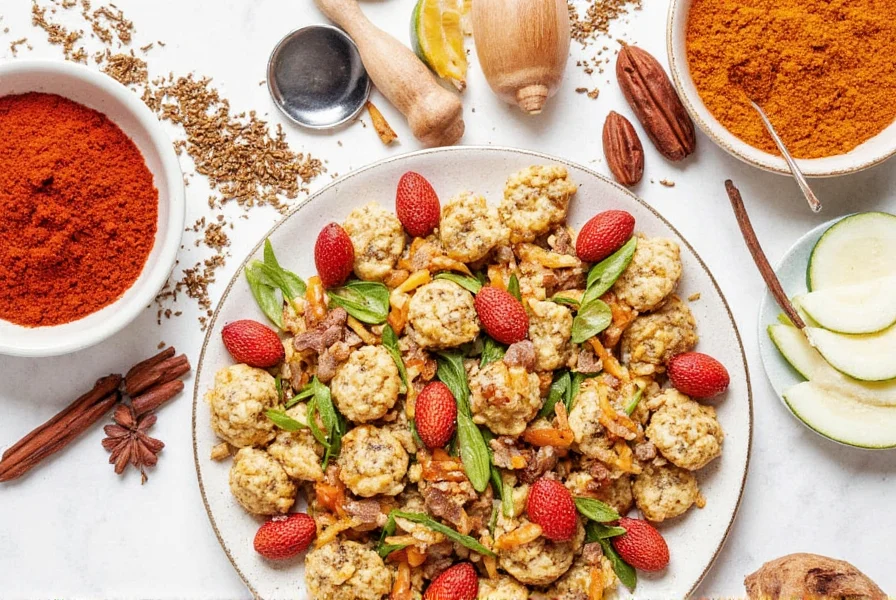
Your Ultimate Masala Buying Guide
Ready to stock your spice rack with some high-quality masala but not sure where to start? Fear not! Here’s a breakdown of top-rated products to look out for, along with their key features and ideal uses.
| Product Name | Features | Advantages | Use Cases | Audience |
|---|---|---|---|---|
| Mrs. B’s Garam Masala | Organic, hand-blended, no preservatives | Earthy aroma, perfect for slow-cooked dishes | Curries, biryanis, soups | Home cooks, spice enthusiasts |
| Golden Harvest Tandoori Masala | Smoky finish, rich color, gluten-free | Great marinade base for grilled foods | Chicken tikka, paneer, roasted veggies | BBQ lovers, restaurant chefs |
| Natraj Chaat Masala | Traditional tangy flavor, fine texture | Incredibly versatile for snacks and fruit dips | Chaats, fruit platters, popcorn | Snack connoisseurs, kids |
| Kalash Kitchen King | All-in-one spice mix with intense flavor | Instant street-food magic in your kitchen | Pav bhaji, fried rice, samosas | Busy professionals, college students |
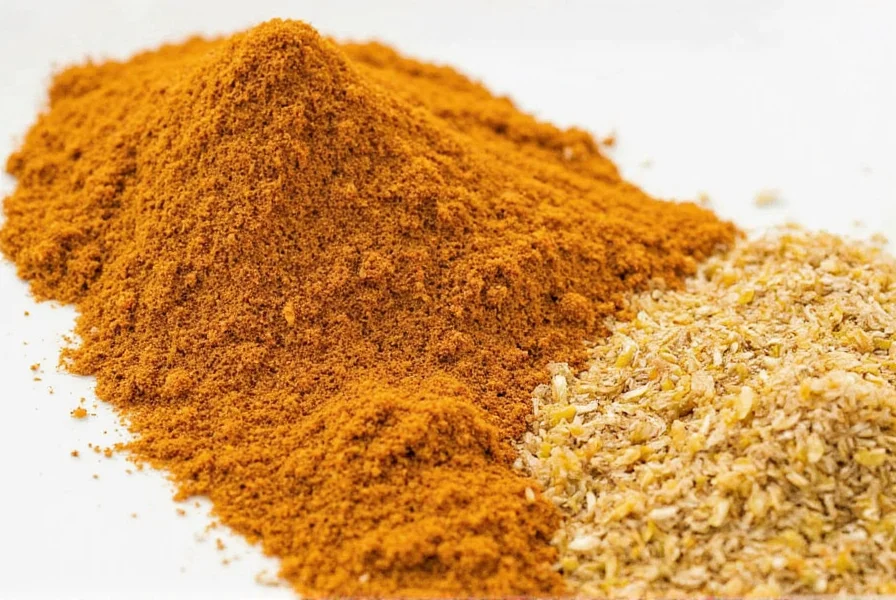
How to Store Masala for Maximum Freshness
Once you’ve invested in premium masala blends, don’t let them go stale! Here are some pro tips:
- Store in glass jars away from heat and sunlight.
- Label each jar with the date of purchase.
- Buy in smaller quantities unless you're using it daily.
- Keep away from moisture to prevent clumping.
Final Thoughts
Whether you're a seasoned chef or someone who just discovered the joys of cooking with spices, masala seasoning has the power to elevate your meals from “meh” to magnificent. With the right blend, a pinch of knowledge, and a dash of curiosity, you’ll find yourself reaching for masala far more often than basic salt.
So, grab your favorite masala today, experiment with flavors, and remember: the only thing better than a great meal is one that makes your senses sing. Happy cooking!
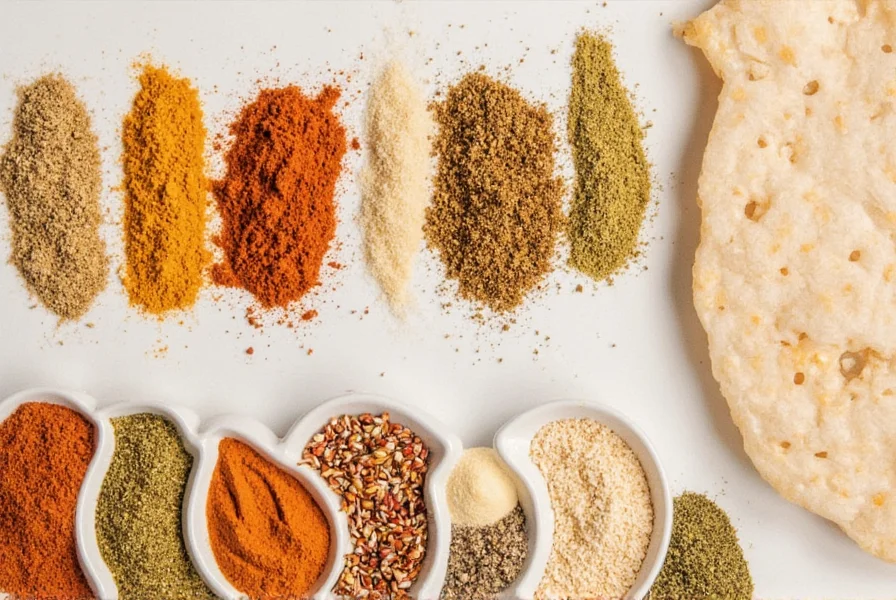

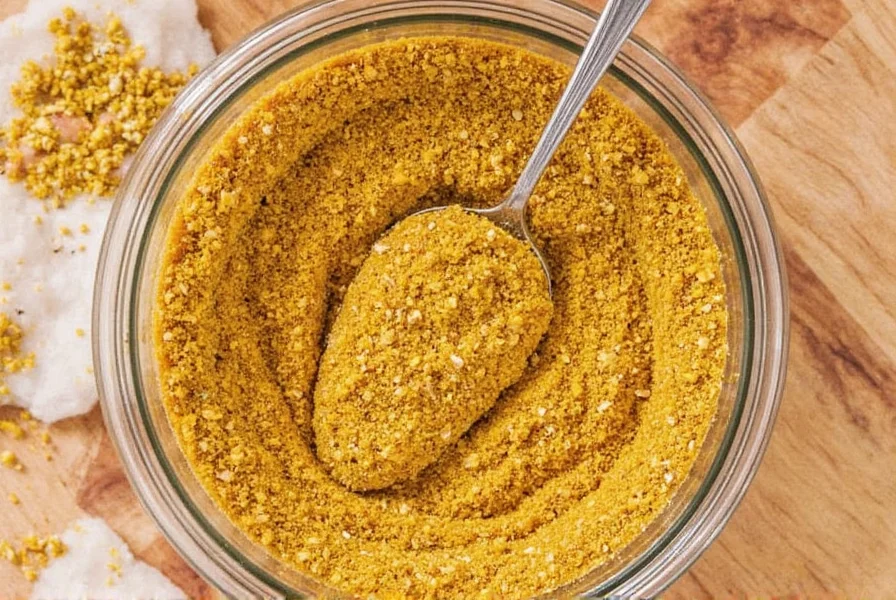









 浙公网安备
33010002000092号
浙公网安备
33010002000092号 浙B2-20120091-4
浙B2-20120091-4